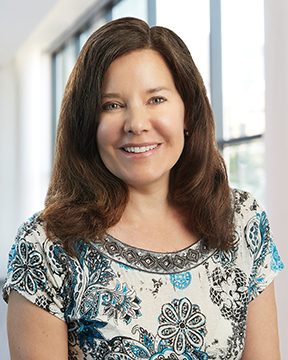
This is a guest post written by one of our very own Lead Consultants, Jean Fasching.
A friend of mine who’s new to NPS research recently shared that she was frustrated with the response rate (less than 1% of those asked) from a B2B, NPS (Net Promotor Score) question recently added to her company’s website. Executives dictated the addition as a low-cost and efficiency method to get at NPS. So, to keep it simple, she had it added as a one-question pop-up for every “n” visitor to their home page.
She was frustrated at the low response rate, especially to a one-question survey—it was as simple as it could get, so what could she do to get more responses? As we chatted, I mentioned a low response rates (let’s say, below 3%) for the clear majority of website surveys is a common issue, and I’ve only seen good response rates (let’s say above 10% – 50%) using pop-up website surveys in a very few instances.
The first issue is that, having a question pop up first thing when interacting with a website is annoying to visitors – albeit easy and cost effective for your company. Second, unless you’ve got sophisticated website analytics, you don’t know if visitors are current customers or prospects. Also, in my opinion, NPS is a special relationship measure; it’s best asked of known customers at points of time that are important to their business relationship with your company, versus a random website visit. You could be driving away both customers and prospects with this approach – so STOP using pop-ups and work with the executives on how they want to use the measure, then decide what customers should get NPS (or other questions), when, and using what method.
I’ve only used pop-ups and website survey approaches, with response rate success, to find new or prospective customers to participate in a more qualitative study, like in-person or digital ethnography, or for UX studies to evaluate a website. Then, customers and prospects felt special and felt that the company cared to know more about their unique experiences. Also, other more transactional pop-up survey requests show some success and should be done immediately after customers experience a transaction. Often these yield more specific information, but they still have very low response rates, 1% to 5%, and are useful because they’re not only inexpensive but get at least get some data.
So, in summary, if you want to increase NPS response rates—and thus get better quality, more representative data—stop the pop-up website survey and invest in a data collection method and procedure that makes sense for your customer’s experiences and relationship with you. Also, use NPS surveys with known customers, at a point in time that’s logical for your business relationship. For B2B customers, I’ve seen lots of success using an email approach. For example, an executive or CX staff sends an email one or two weeks before the actual survey is sent introducing the survey and how it will be used. Then, as promised, send out the survey invite email with a link, and your rate and data quality will soar.
Jean has focused her entire career on deeply understanding customers and their experiences. She has led customer value teams at telecommunications, manufacturing and client services companies. Her past & recent customer experience consulting clients include: Best Buy, Sears, Gerber, General Mills and Select Comfort. She is an industry expert in qualitative and quantitative market research. She is a skilled group facilitator and in-depth interviewer and uses her acute active listening skills to create and maintain an atmosphere of trust and respect.
Jean gives back to her professional community often and is a Past President as well as a Current Program Chair and Board Member of the Insights Association, Upper Midwest Chapter. Jean holds Bachelor of Arts degrees in Sociology and Business Administration from Hamline University, a Masters of Business Administration and Marketing Management from St Thomas University and an Executive Degree in Advance Program Management from University of Denver – Daniels College of Business.
Interested in workshops? Read more here.
Interested in journey mapping? Read more here.
Interested in improving your CX? Read more here.

